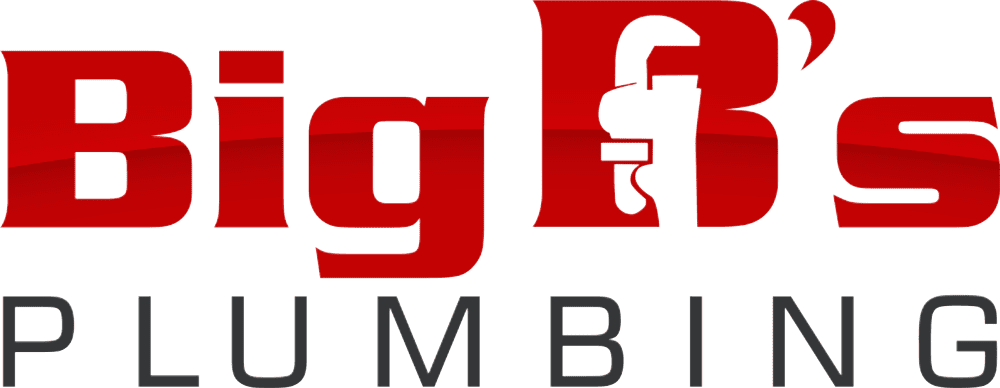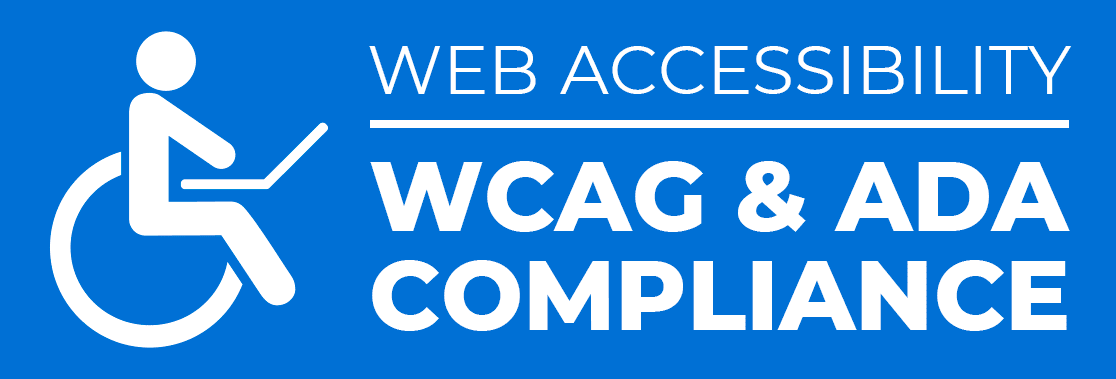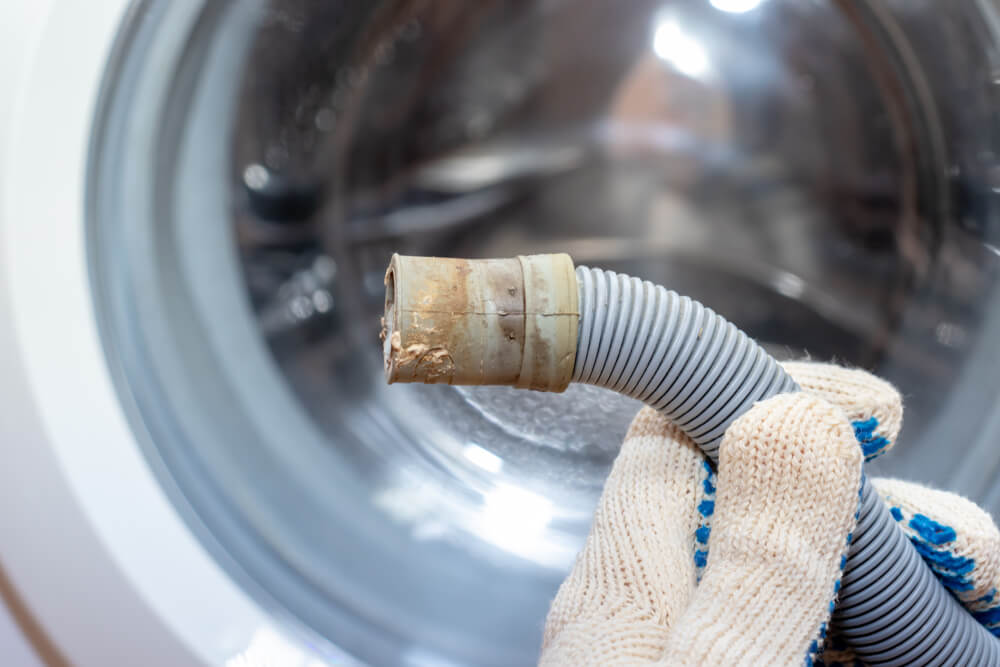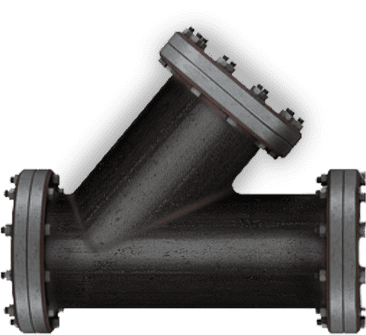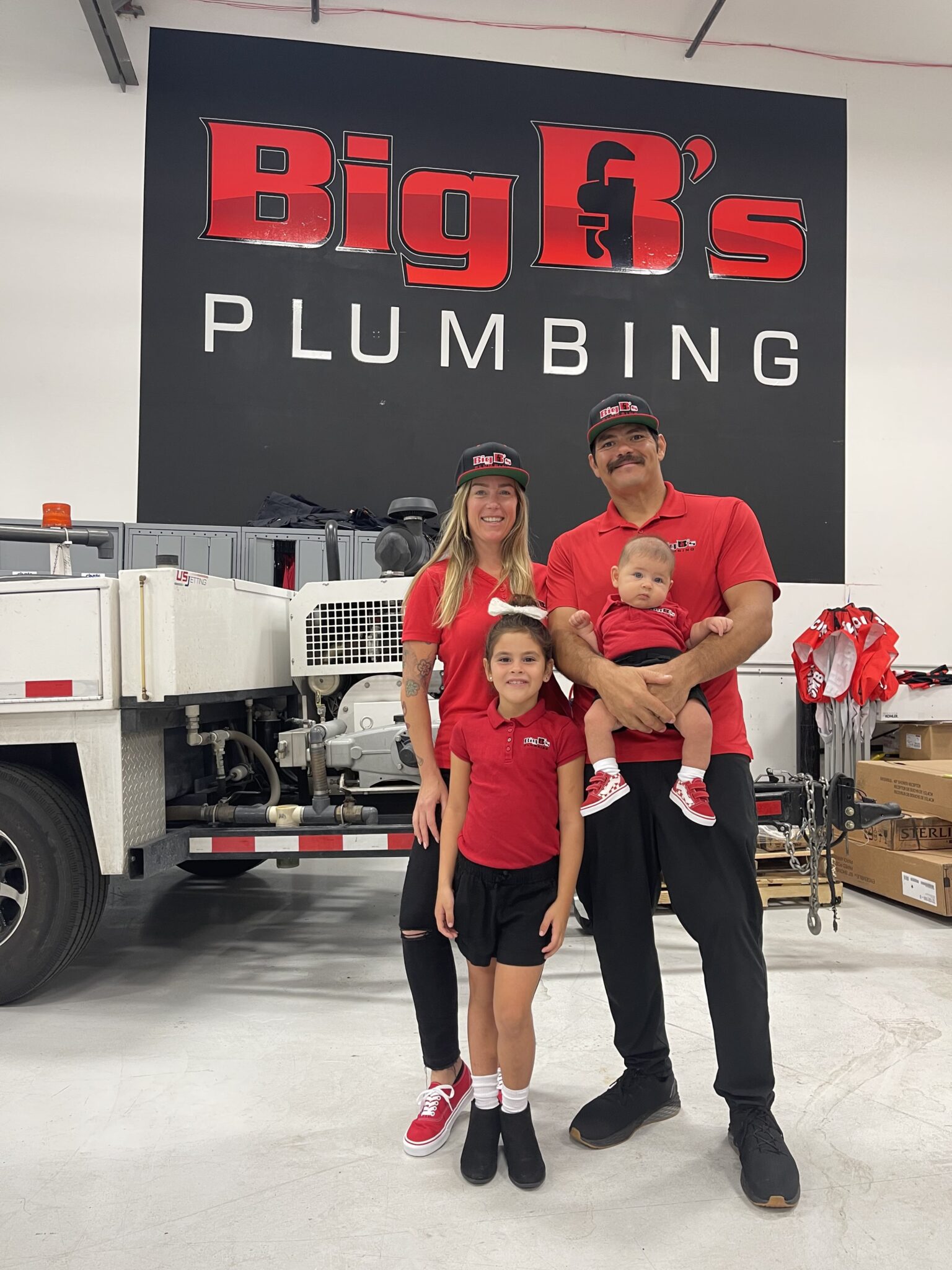The Root Causes of Washing Machine Drain Overflows
Washing machine overflows may seem like a hassle, but understanding their causes empowers you to tackle them with confidence. The primary reason for overflow woes often lies in a clogged drain pipe. During each wash cycle, lint and other debris bid farewell to your garments, hitching a ride with the dirty water. Occasionally, these hitchhikers can cause blockages that disrupt the smooth drainage flow, resulting in unwanted spills. Other potential culprits, such as aging or damaged pipes, a twisted discharge hose, or even a blockage in the main sewer line, can also contribute to overflow issues. By identifying these factors, you’re one step closer to resolving the problem and having smooth laundry days ahead.
Troubleshooting Tips: Resolving Washing Machine Drain Overflow Issues
Dealing with a washing machine drain overflow can be frustrating and inconvenient, but don’t worry! With the right approach and a bit of know-how, you can swiftly resolve these issues and restore harmony to your laundry routine. Whether it’s a pesky clog in the drain pipe, a kink in the discharge hose, or an issue with the main sewer line, this guide is here to help you navigate the troubleshooting process easily. By identifying the root cause of the problem and implementing the appropriate solutions, you’ll be able to bid farewell to overflowing woes and enjoy smooth sailing with your laundry once again. So, let’s roll up our sleeves and tackle those drain overflow issues head-on!
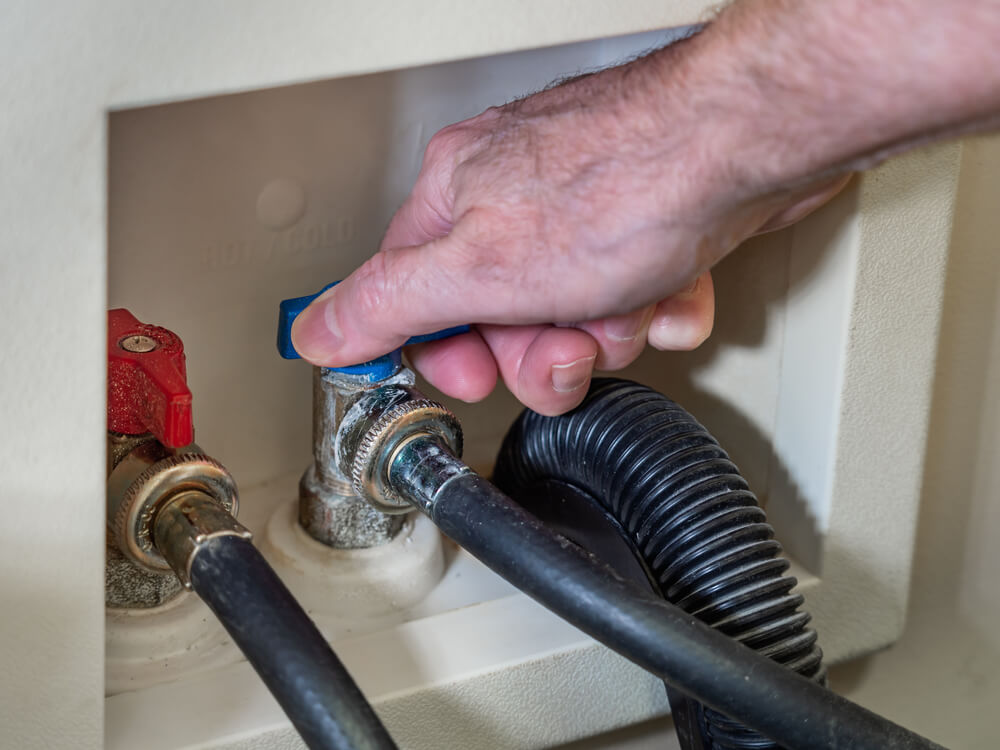
Smell Sewage Coming from Your Drain Pipe?
If your washing machine has the unpleasant smell of sewage, don’t worry; there’s a common solution! Often, the culprit is a clogged drain pipe or one on its way to being clogged. When your washing machine drain starts emitting a sewage-like odor, it’s a telltale sign of a possible blockage. This clog typically occurs due to a buildup of organic matter, such as hair and soap residue, providing a perfect breeding ground for bacteria. As the clog worsens, the odor becomes more noticeable, making it important to address the issue promptly.
The good news is that fixing a clogged drain is relatively simple. You can tackle it yourself using a drain snake to clear out any obstructions. However, if the clog proves stubborn, don’t hesitate to seek assistance from a professional at Big B’s Plumbing. They can inspect both your drain and washing machine to ensure everything is in proper working order, leaving your laundry room smelling fresh once again!
Below is a Step-by-step Approach to Checking your Washing Machine Drainpipe
Step 1: Begin by inspecting the area behind your washing machine. Conduct a thorough visual assessment before relocating the appliance. Look for any signs of trouble, such as kinks in the washing machine hose or disconnections from the drain pipe. Identifying these issues beforehand can save time. If any problems are detected, rectify them by straightening out kinks or reinserting the hose into the drain pipe. Then, proceed directly to step seven to verify the solution.
Step 2: If you don’t find any obvious issues during the initial inspection, carefully pull the washing machine away from the wall to create adequate working space. For safety precautions, consider turning off the water supply and disconnecting the power source.
Step 3: Before beginning work, prepare the surrounding area by placing old towels on the floor and any adjacent sheetrock to safeguard against potential water exposure.
Step 4: Address any identified issues with the washing machine drain hose. If you discover problems such as kinks or cracks, take appropriate measures to repair or replace the hose as necessary. While everyone under the sun has their opinion on when to replace washing machine hoses, most experts, including Big B’s Plumbing, recommend every five years. However, one plumbing company stated:
- At the 10-year mark, 80% of hoses break.
- The average breaking point is eight years.
- Once broken, the hose can leak over 5 gallons per minute until shut off.
Step 5: If the hose appears intact, investigate potential clogs within the hose or the drain line. While you can manually remove visible clogs, you may need a plumber’s drain snake to remove any accumulated debris, including lint. Use the auger or snake on the hose and the fixed drain line.
Step 6: Securely reinsert the drain hose into the washing machine drain pipe. Restore all components to their original positions and conduct a test cycle to confirm whether you have resolved the issue. Confirm you avoid kinks in the hose during repositioning and fully insert it into the drain line.
Side Note: Consider a Washing Machine Pan
The washing machine pan is a simple and cost-effective solution to safeguard against such mishaps. This ingenious pan acts as a shield, capturing any water that may escape and safely redirecting it away from the mayhem. Not only does a drain pan prevent flood damage, but it also shields your floor from the harmful effects of condensation, preventing mold and mildew buildup beneath your washing machine.
While not mandatory, investing in a drain pan offers invaluable stability. It’s a small square pan that can effectively catch minor leaks and significantly reduce the risk of water damage caused by hose breakages. Especially if your laundry room is situated upstairs, a drain pan is highly recommended as an extra layer of protection against leaks that could affect the rooms below. So, consider adding this simple yet effective defense measure to your laundry setup and bid farewell to worries about unexpected water-related disasters.
What Causes Occasional Washing Machine Overflow Despite Proper Drainage?
Encountering intermittent overflow problems despite adequate drainage from your washing machine can stem from several factors, including the following:
Overfilling and Excessive Detergent in Washing Machines
One common issue is overfilling the machine with laundry or using excessive detergent. When overloaded, the washer requires more water to clean effectively, potentially overwhelming the drain pipe and causing overflow. Newer models equipped with sensors to gauge water requirements based on the laundry load mainly exhibit this prevalence. Additionally, excessive detergent usage can clog and hinder water flow through the hose and drain line, exacerbating overflow issues. Accumulating soap residue in the PVC pipe further compounds the risk of clogs and subsequent overflow.
How Incorrect Washer Settings Lead to Overflow Incidents
Incorrect washer settings can also contribute to overflow incidents. Using inappropriate settings, such as selecting hot water for delicate fabrics or intense spin cycles, can accelerate wear and tear on clothes, increasing lint production and the likelihood of clogs. Similarly, matching the wash setting with the detergent quantity can result in adequate water levels to dilute the detergent, raising the risk of clogs. Selecting a heavy load setting for a small laundry load may cause water to exit the machine too swiftly for the drain pipe to handle.
Pipe Problems: Uncovering the Root Causes of Washer Overflow
Sometimes, problems with the plumbing in your washing machine setup can cause issues. You can check if this is the case by redirecting the drainage pipe into a laundry sink and seeing how the water flows. If you notice water flowing normally, around 3 to 5 gallons per minute, it’s likely a plumbing issue. In this case, it’s best to call a professional plumber, especially if trying to unclog the line doesn’t work.
When Do I Need a Professional to Fix My Overflowing Washing Machine?
Recognizing the signs that indicate your washing machine drain overflow requires professional assistance for timely and effective resolution. Suppose you’ve attempted basic troubleshooting measures such as checking for clogs and adjusting settings without success. In that case, it may be time to call a qualified plumber or appliance repair technician despite your efforts to address persistent overflow issues, which could signal underlying problems with the plumbing or the washing machine itself, warranting expert intervention. Moreover, if you lack the expertise or tools to diagnose and resolve the situation safely, seeking professional help is advisable to avoid potential hazards. Big B’s Plumbing is an expert service provider that promises top-notch solutions, license #986152.
Preventing Overflows: Maintenance Tips and Best Practices
Addressing a washing machine drainage issue is typically straightforward, yet prioritizing prevention can save you from potential home damage. Preventive measures are critical to avoiding overflow incidents and can prolong your washing machine’s lifespan. Preventing washing machine drainage issues is crucial to avoid home damage. An external lint trap installation can capture debris and aid in preventing clogs while employing garment bags, which achieves the same goal.
Furthermore, regularly cleaning the internal lint filter and maintaining distance between the washer and walls help prevent issues. We also recommend checking and clearing the hose and drain pipe every three months. Consider enlarging the drain line with professional assistance for older homes with narrow drain pipes. Alternatively, switching to a front-loading washer can reduce water usage, potentially alleviating overflow concerns due to inadequate drain pipe size.
